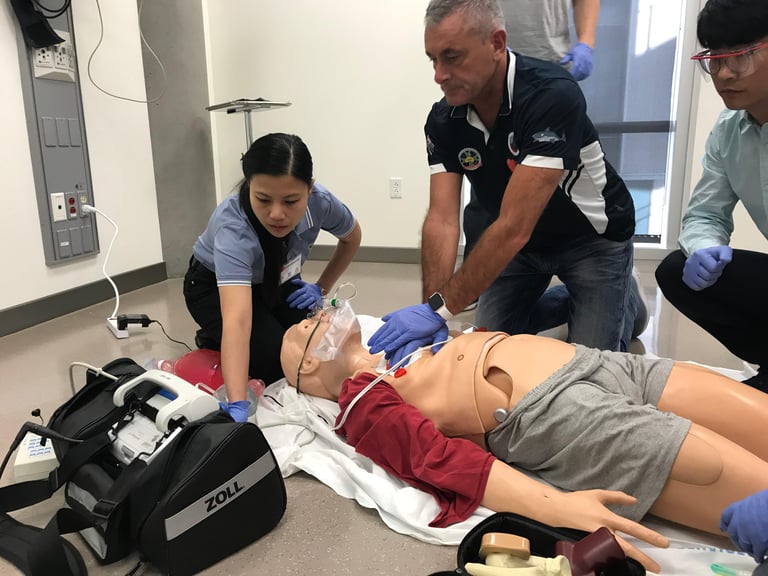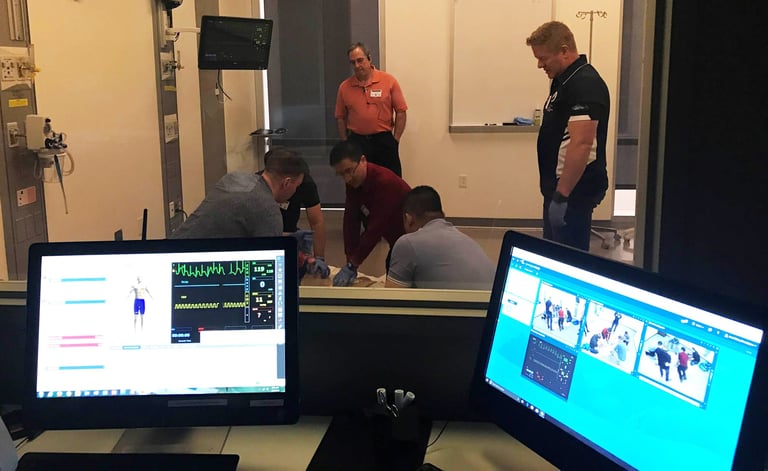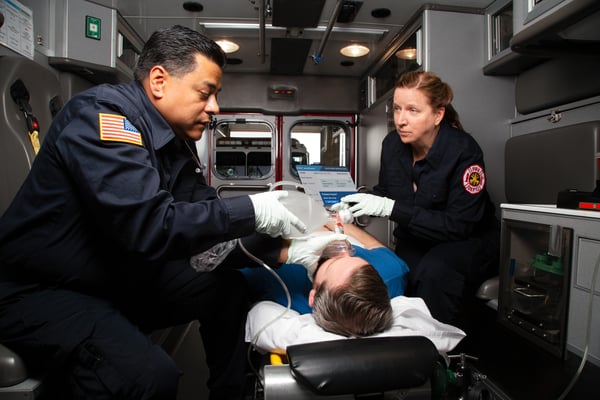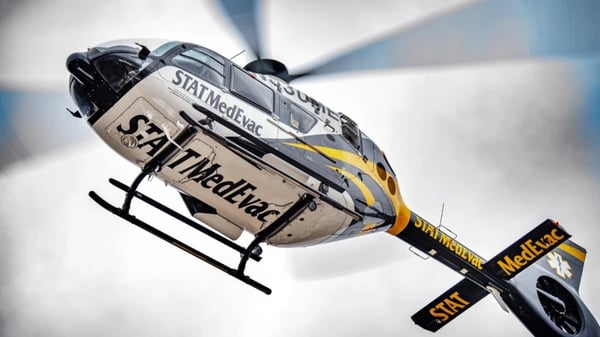News Alert: New ePCR Integration Simplifies EMS Data Management and Enables Better Care Coordination
CPR University: Hands-On Course is Designed to Improve Survival from Cardiac Arrest
High-performance or high-quality CPR has been around for years now, but do we as EMS professionals understand what it takes to achieve and improve outcomes from cardiac arrest? We can read the American Heart Association (AHA) website, studies and a multitude of articles from various authors on what we need to do to perform high-performance CPR, but implementing the system of care that it takes to move the needle on survival can be a challenge
Was this information valuable?

High-performance or high-quality CPR has been around for years now, but do we as EMS professionals understand what it takes to achieve and improve outcomes from cardiac arrest? We can read the American Heart Association (AHA) website, studies and a multitude of articles from various authors on what we need to do to perform high-performance CPR, but implementing the system of care that it takes to move the needle on survival can be a challenge. A worthwhile challenge in my opinion – we can save lives that would ordinarily be lost.

What Does it Take to Improve Outcomes from Cardiac Arrest?
Since its inception six years ago, I have had the privilege to be one of the lead instructors at the University of Arizona’s High-Performance CPR University (CPRU). CPRU is a two-day workshop developed to provide education, hands-on skills, and strategies to help providers and agencies improve survival from cardiac arrest. It’s conducted in a high-fidelity simulation lab at the University of Arizona Center for Simulation and Innovation in Phoenix. The course is held several times a year and attracts students from all over the world. This course was developed from the experience of multiple agencies that implemented systems of care that tripled their cardiac arrest survival.

How to Deliver High-Quality CPR
Before the start of our course, most of our students feel they know what high-performance CPR is and are confident that they can do it well. After all, this is what we do for a living; of course we do it well! We begin with a two-minute assessment to quickly show the students that most of them have quite a bit of room for improvement; which is enlightening for the students.
The Basics of CPR. More and more, the basics are what science is showing most beneficial in increasing cardiac arrest survivability. So we start the course by teaching how to quickly recognize cardiac arrest. Reading this you may think this may seem unnecessary. After all, identifying cardiac arrest is not difficult. However, in our experience this is one of the main barriers in starting compressions quickly. We discuss the current science and best practices and then break down each component of CPR. After the basics have been mastered, we start to add technology such as AED's and defibrillators with audio/visual feedback. We aim to improve the individual skills through hands-on training, as well as developing high-functioning teams. The participants transform quickly, and it’s amazing to watch!
Click here to learn why it's important to switch out compressors to optimize CPR results
Measure CPR Performance. As I’ve stated, everyone thinks they are doing high-performance CPR, but we have found that most agencies aren’t measuring the results of their efforts, so they don’t really know. If we don’t measure – we don’t know how well (or how poorly) we are doing. The need and importance for collecting and interpreting data is one of the pillars of the course.
Celebrate CPR Survivors. A highly impactful part of the course is one of my favorite parts of the course: celebrating our survivors. We invite cardiac arrest survivors, their families and their rescuers to share their stories. It’s a compelling, moving and heartwarming experience that lasts long after the class is over. In our most recent class we had two survivors prensent their expriences: a 17-year-old student and a 28-year-old police officer. They were from the Arizona Cardiac Arrest Survivors; a support group for survivors once they leave the hospital.
On-Going Mentorship
We also provide ongoing mentorship to our students once they complete the course. If they have questions once they get home they can contact any of the cadre of instructors. It's common for instructors to be asked to present at the partcipants' agencies after CPRU
Share Knowledge with Home EMS Agencies. How do you change the CPR culture of an entire organization? Gentle, constant pressure over time and a lot of hard work. After the course, the mindset of our students is “ventricular fibrillation is a survivable rhythm.” We encourage them to bring these skills and strategies to their home agencies. If you take up the challenge, you can move mountains and save more cardiac arrest victims.
Related Posts
How STAT MedEvac Connected Device, Software, and Data Technology To Enhance QA and Elevate Care
Podcast: 4 Ways ePCR Software Can Relieve EMS’ Biggest Headaches
ZOLL Pulse Blog
Subscribe to our blog and receive quality content that makes your job as an EMS & fire, hospital, or AR professional easier.
ZOLL Pulse Blog
Subscribe to our blog and receive quality content that makes your job as an EMS, fire, hospital, or AR professional easier.




